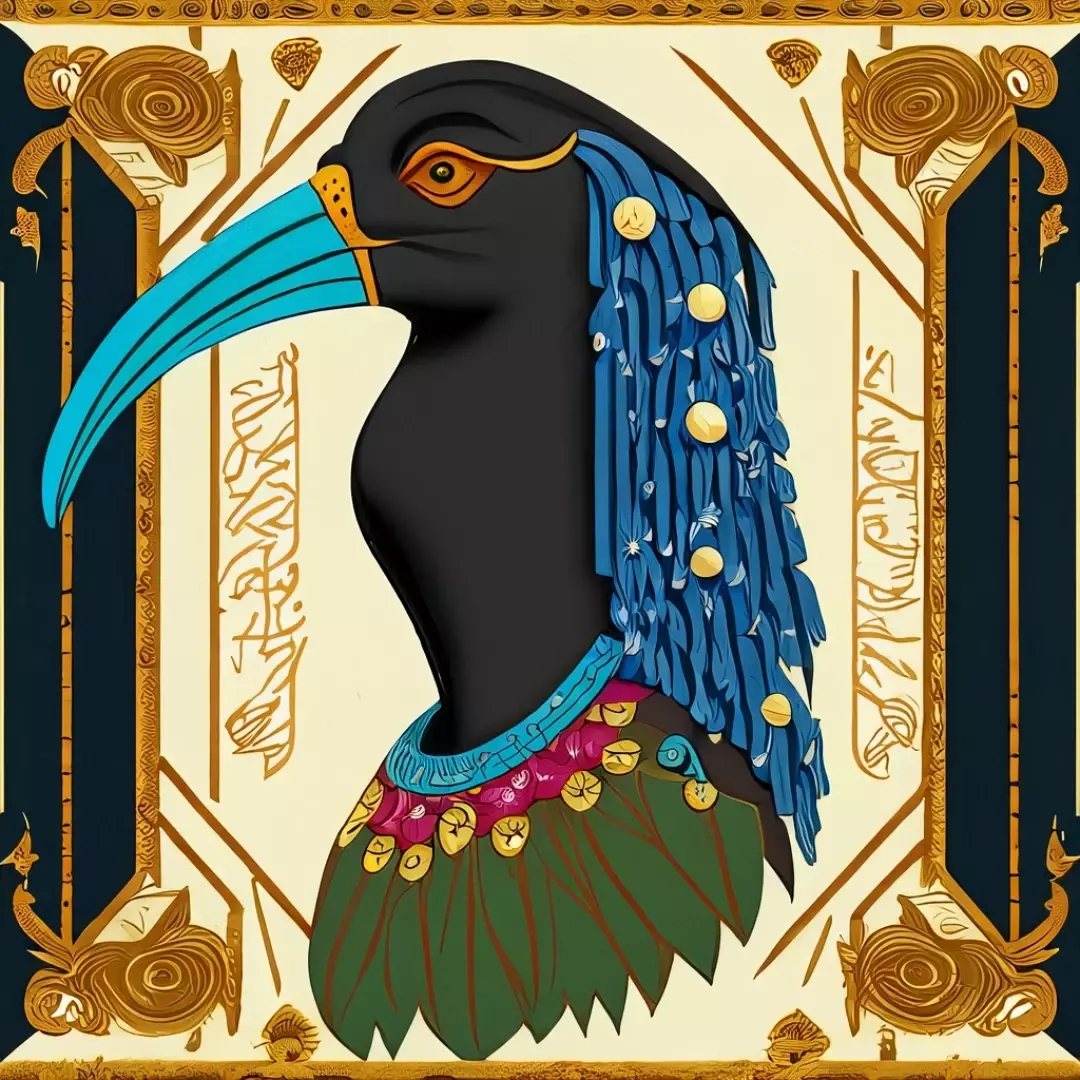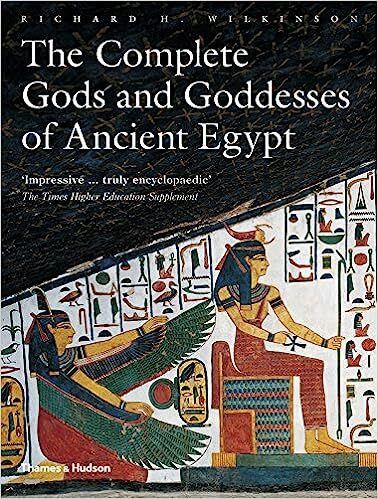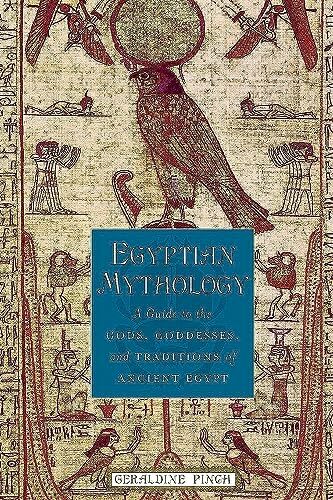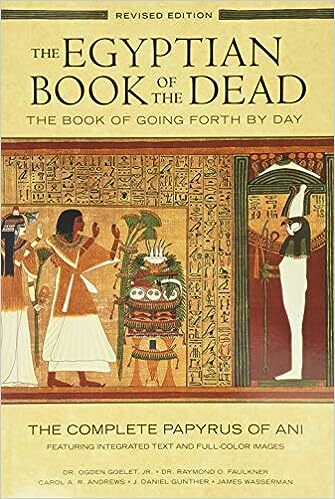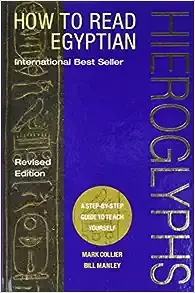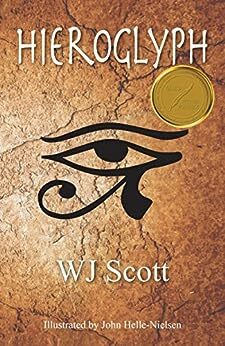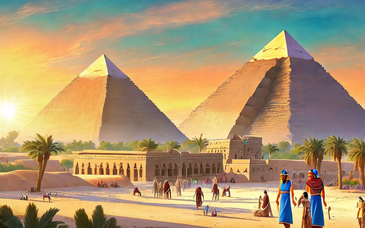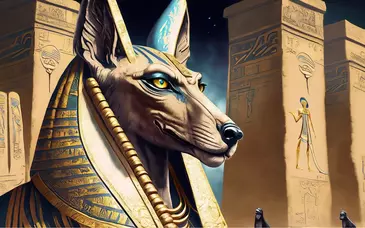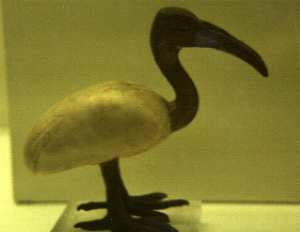
The god Thoth was worshiped in the form of an Ibis, and is often shown in human form with the unusual head of that bird.
Thoth was primarily thought to be the god of wisdom. He was patron of arts and science and also the patron god of scribes. He was the inventor of the words of god, or Hieroglyphs.
Thoth is particularly familiar from the famous judgment scene shown in the Book of the Dead, Here the heart of the deceased was tested for purity by weighing it against the feather of the goddess Maat, symbolising truth. If the heart failed the test it was thrown to the 'Eater of Souls'
Thoth was depicted as a man with the head of an ibis or a baboon. The ibis was a sacred bird in Egypt, and it was said to be a symbol of wisdom. The baboon was also a sacred animal, and it was said to be a symbol of intelligence.
Thoth was believed to have created the world with his words. He was also the god of language and writing, and he was credited with inventing hieroglyphs, the writing system of ancient Egypt. Thoth was also the god of magic, and he was said to be able to control the forces of nature.
Thoth was a very important figure in the Egyptian afterlife. He was the scribe of the gods, and he was responsible for recording the deeds of the dead. He was also the judge of the dead, and he helped to determine their fate in the afterlife.
Thoth was a popular god in ancient Egypt, and he was worshipped by people of all social classes. He was a symbol of wisdom, knowledge, and magic, and he was revered for his ability to help people in the afterlife.
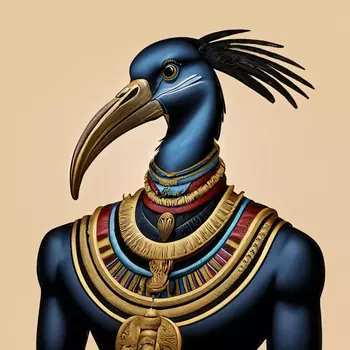
Here are some of the most important roles of Thoth:
- The god of wisdom: Thoth was known as the "lord of the library" and the "scribe of the gods." He was believed to be the source of all knowledge, and he was consulted by the gods on matters of great importance.
- The god of writing: Thoth was credited with inventing hieroglyphs, the writing system of ancient Egypt. He was also the patron god of scribes, and he was believed to help them with their work.
- The god of magic: Thoth was a master of magic, and he was often called upon to help people with their problems. He was also the god of medicine, and he was credited with healing the sick.
- The god of the moon: Thoth was associated with the moon, and he was sometimes depicted as a moon god. He was also the god of time, and he was said to control the movement of the stars and planets.
Thoth was a complex and fascinating god who played an important role in ancient Egyptian religion. He was a symbol of wisdom, knowledge, and magic, and he was revered by people of all social classes.
